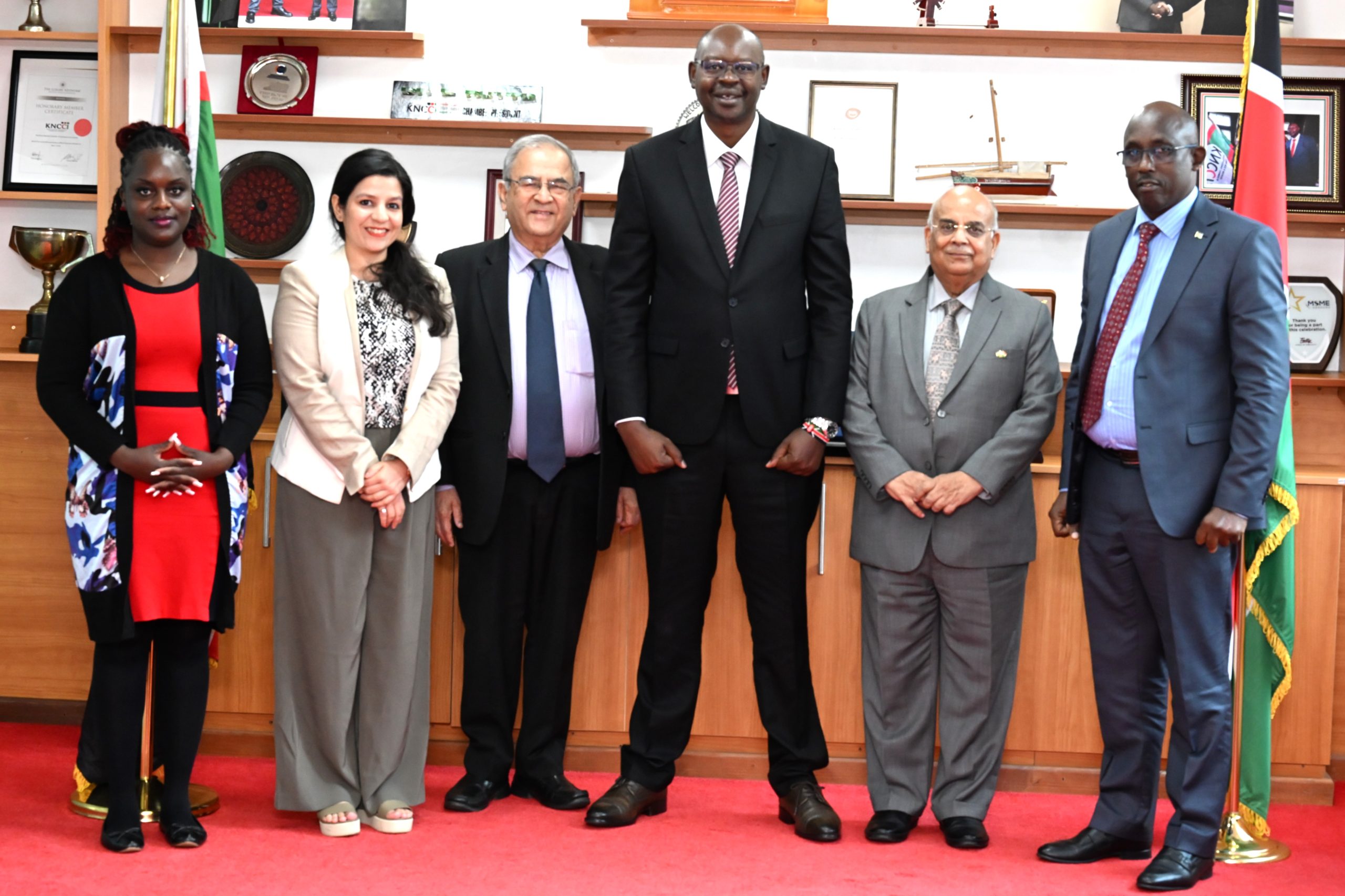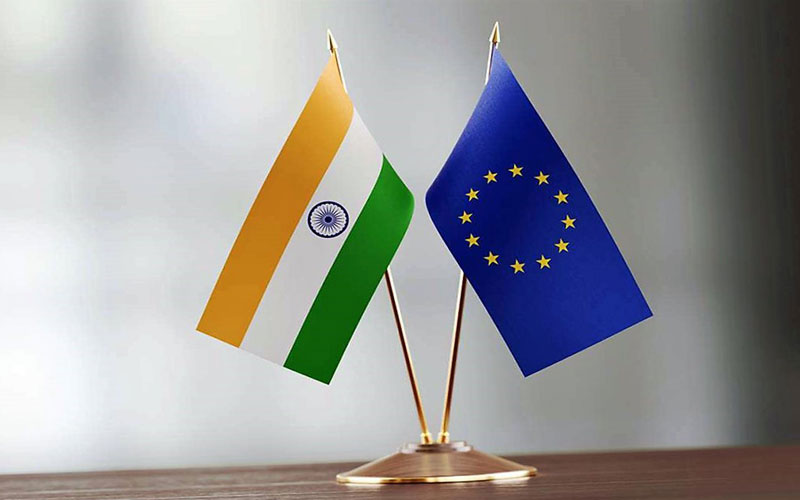India’s Trade Resolve Amid U.S. Tariff Headwinds

Just as the global economy begins to steady itself amid the aftershocks of the pandemic, ongoing wars, sanctions and the relentless restructuring of supply chains, India finds itself confronting a familiar yet unwelcome trend punitive tariffs from its long-standing trade partner, the United States. Effective today, the Trump-led administration’s new 25% tariff regime targets a broad swath of Indian exports, including automobiles, auto components, steel, aluminium, smartphones, solar modules, marine products, gems, jewellery and processed food categories.
On the surface, this appears to be a throwback to protectionist impulses of earlier years. But this time, India’s response is markedly different not reactive, but strategic, resilient and grounded in long-term national interests. Unlike several other nations that opted for compromise by offering sweeping concessions to the U.S. zero duties on farm goods, oil and gas deals or arms purchases India has stood firm, refusing to dilute its agricultural sovereignty or bend to transactional diplomacy. The decision not to cave to immediate pressures is, in fact, a calibrated stance one that could ultimately empower the domestic economy, particularly its most resilient engine: MSMEs.
The Risk and the Rethink
The imposition of these duties is not a minor event for India’s trade. Several of the targeted sectors, gems and jewellery, marine exports, and auto components have been high performers in the last few fiscal cycles. The U.S. remains a key export market across these categories, and an abrupt 25% cost escalation could temporarily squeeze margins and reroute orders. But instead of spiralling into alarm, India’s policy ecosystem is viewing this disruption as a wake-up call to double down on diversification and domestic self-reliance.
The risk angle is clear: MSMEs embedded in these value chains are vulnerable, particularly those without export hedges or market alternatives. However, there lies an opportunity in strengthening buffer mechanisms through incentives under schemes like RoSCTL (Rebate of State and Central Taxes and Levies), RoDTEP (Remission of Duties and Taxes on Export Products) and MSME-specific export mentoring programs. These schemes can be further streamlined to ensure that smaller exporters are not left behind due to compliance hurdles or lack of awareness.
From the West to the East
Rather than relying on a single corridor or bilateral overdependence, India has invested deeply in building trade corridors that serve both geopolitical and economic priorities. The CEPA with UAE, the comprehensive India-EFTA pact with Europe’s neutral economies, and the Look East policy through evolving ties with Japan, Vietnam and Indonesia, provide a multi-vector strategy that insulates India from overexposure to U.S.-centric trade disruptions.
For Indian MSMEs, these corridors offer more than just new markets. They open doors to co-manufacturing, technology transfers and simplified customs protocols that were once only accessible to large corporations. Government missions and industry associations must work closely to ensure that the benefits of these FTAs are not lost in bureaucratic silos, but translated into easy-to-use handbooks, simplified registration processes and real-time grievance redressal systems for small exporters.
Manufacturing in the Spotlight
India’s startup ecosystem has so far been largely dominated by services- especially IT, fintech and consumer platforms. But the current tariff shock presents a timely nudge to pivot the startup and innovation ecosystem toward manufacturing. With India’s demographic dividend peaking in the next decade, the emphasis must shift to skilling for advanced manufacturing, electronics, precision engineering and green energy components areas where domestic demand is growing and export potential remains strong.
Schemes like the PLI are well placed to support this shift, but the inclusion of micro and small units in vendor or ancillary roles must be made more accessible. This is where cluster-based development, common facility centres and plug-and-play industrial parks for MSMEs can prove transformative.
Logistics Leap
What often goes unnoticed in trade discussions is the quiet yet significant transformation happening at India’s ports. According to the latest World Bank Logistics Performance Index and CPPI data, India’s average turnaround time for ships has dropped from four days in 2014 to an impressive 0.9 days in 2023–24. This means that Indian ports are now faster than those in Singapore (1.0 days), UAE (1.1), Germany (1.3), the U.S. (1.5) and Australia (1.7). This is not just a feather in the cap for Indian logistics, it is a critical enabler for export competitiveness, especially for time-sensitive goods.
Efficient turnaround times reduce costs, improve predictability, and make Indian suppliers more attractive in global procurement matrices. Combined with the Gati Shakti programme, multi-modal logistics parks and digital port community systems, India is on the cusp of shedding its image as a sluggish trading nation.
Policy Preparedness and Domestic Demand: The Final Cushion
One of India’s inherent strengths in navigating global shocks is the presence of a large, dynamic domestic market. While the U.S. may raise barriers, India’s rising middle class, infrastructure investment boom and sectoral incentives from semiconductors to renewable energy ensure that MSMEs and manufacturers have fallback options. In fact, the interplay of government policy, domestic demand and trade diversification could convert the tariff turbulence into a resilience multiplier.
India’s fiscal indicators are robust, inflation remains within manageable bands, and forex reserves are healthy. These macro factors offer a stable backdrop for businesses to plan long-term investments, even as geopolitical risks persist.
The Tariff Storm and the Indian Sail
The 25% tariffs are indeed a storm but not one India is unprepared for. Instead of scrambling for quick fixes, India will be responding with strategic clarity, infrastructural agility and a firm belief in its own capabilities. For MSMEs, this could be a pivotal moment to shift from being reactive vendors to proactive value creators. And for the nation, it is another reminder that self-respect in trade doesn’t mean isolation it means informed, independent decision-making backed by strength at home.











